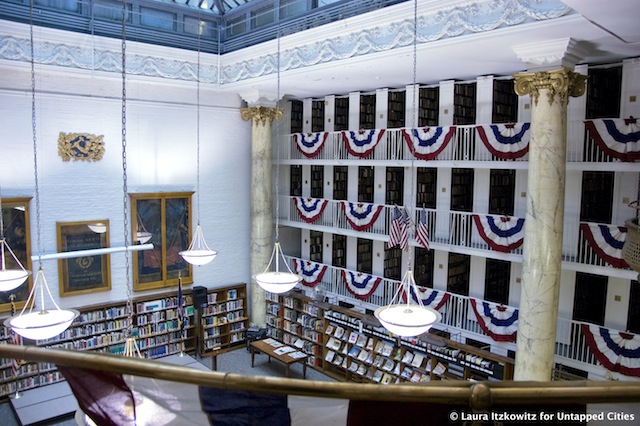
Save for the doorman’s greeting of a soft smile, nod, and hello, the Library of the General Society of Mechanics and Tradesmen reverberates a calm-quiet. The marble tiled mosaic floors and marble wainscoting of the entry atrium zap any acknowledgement of an architectural world post-1903. It is here, beneath the original geometric patterned stained glass window, the rectangular coffered ceiling, and the bronze arm and hammer sculpture – the General Society’s symbol – that we begin our tour of the second oldest library in New York City, listed in the National Register of Historic Places.
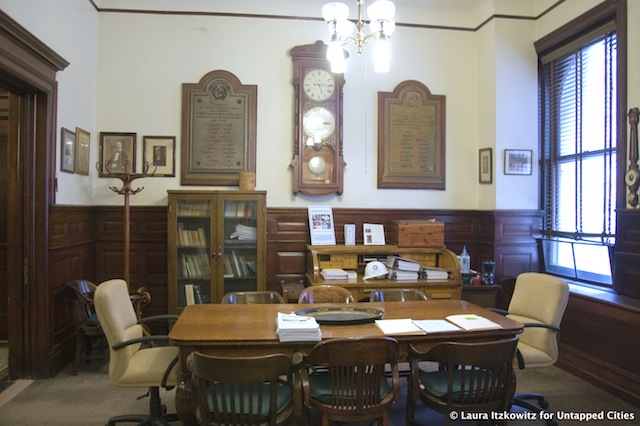
We scale the sweeping ivory marble staircase up one floor to The General Society’s Executive Office. Here we are greeted first by a bronze bust of member Andrew Carnegie – who donated more than $500,000 to the organization– and second by Victoria A. Dengel, the Executive Director of the Society. When we marvel over the original wood paneling that wainscots the office, Dengel leans in and whispers that we aren’t the only ones who appreciate the space. To recognize the 50th anniversary of President John F. Kennedy’s assassination, PBS chose one of the General Society’s fourth floor classrooms for its project “One PM Central Standard Time” to recreate journalist Walter Cronkite’s CBS newsroom announcement of JFK’s death on November 22, 1963. Though specific details of other projects had to be off the record, we can tell you that if you’ve watched a television show or movie that is shot in NYC, there is a very good chance that you have already seen a few of the General Society’s rooms.
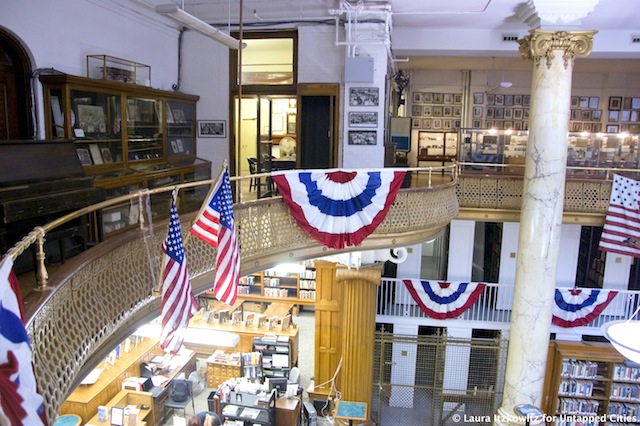
Donning white gloves, Dengel shows us a leather-bound tome: the 228-year-old Society’s original register. The Society was founded in 1785 by twenty-two craftsmen at Walter Heyer’s Tavern on Pine Street (then known as King Street) near Broadway. As we flip through the ink-splotched pages – trades listed from tobacconist to carpenter to blacksmith to plumber to stair-builder and beyond – we can’t help but feel awed that all of these hands that helped build the foundation of New York City touched these pages, including John McComb, Jr., the architect of City Hall, and Andrew Carnegie, the famed industrialist who also paid for the General Society’s building and library.
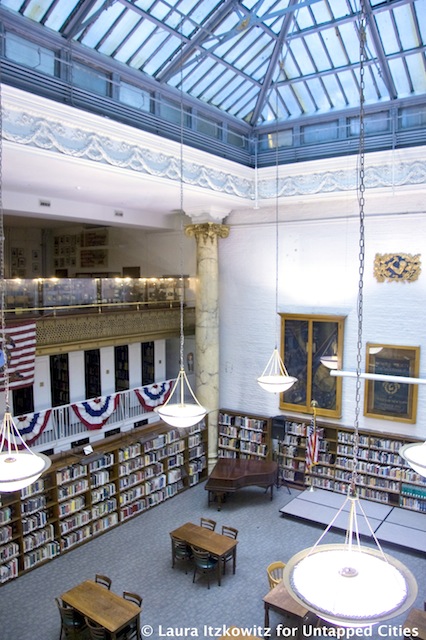
From here, Dengel leads us out of the Executive Office to the balcony overlooking the Library’s open three-story layout, made all the more grand by columns with golden Scamozzi Ionic capitals, an embellished frieze, and a copper and wrought iron skylight. Dengel points to the decorative accents on one of the joining plates: “The skylight – you can see the angels up there – during World War II, was painted black because of the bombs. And it was only in the late nineties that they cleaned it.”
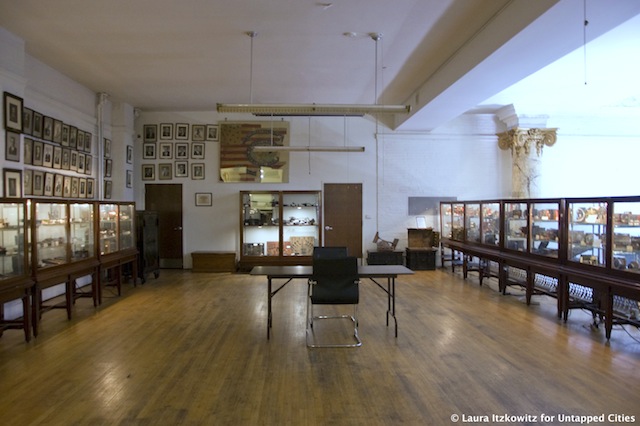
The balcony houses the Society’s collection of over 350 locks, donated by member John M. Mossman in 1920, starting with an Egyptian lock dating to 4000 BCE. There are secret locks, a Newgate prison lock, bank locks, “A Very Complicated Lock,” a “Magic Key Lock,” combination locks and more. The history of progressive lock ingenuity and craftsmanship are encapsulated in thirteen cases. Watching over these cases is a pictorial history of its own: all of the past presidents of the General Society from the time of photography (as the Society’s founding predates modern photography by at least 40 years!). Dengel tells us, “These men kept the organization alive for 228 years, I have to say.” The General Society’s tradition continues on.
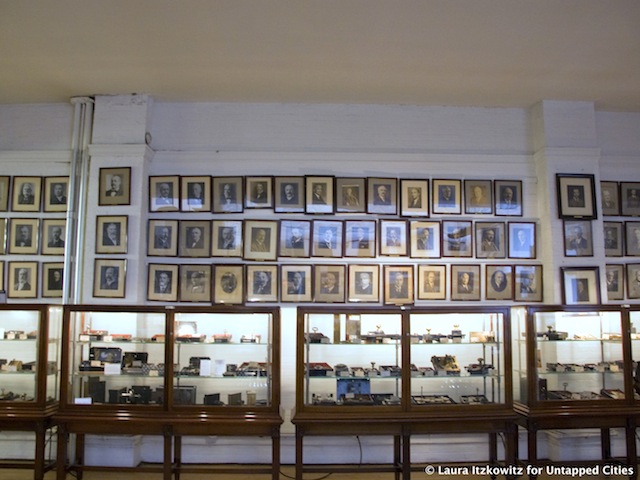
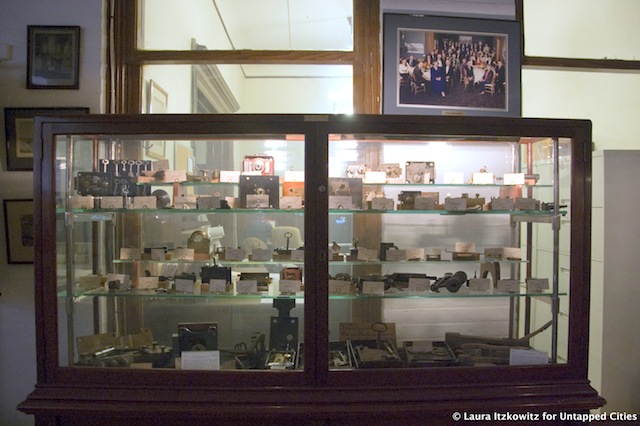
It is very clear that tradition is honored by this historical organization. They still call monthly meetings to order by ringing six bells three times. The president, vice president, and treasurer still wear tuxes when they preside over meetings. They still use the original motto: “By Hammer and Hand all Arts do Stand.” But perhaps even more important than tradition is providing opportunities for New Yorkers to access trade-related education.
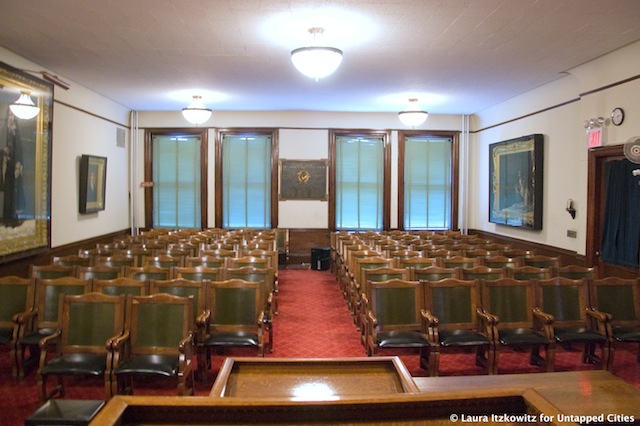
The General Society opened its Mechanics Institute and Apprentices’ Library, one of NYC’s first tuition free schools, in 1820. (There was no public school system at the time; the other free schools were the almshouse, and one open to children of freed slaves.) Today, the school has more than 180,000 alumni and still offers tuition-free classes in the evenings in Electrical Technology, Plumbing Design, Project Management, Facilities Management, HV AC Systems, CAD and BIM, Construction Documents Design, and Historic Preservation. The General Society also offers its century-old Artisan Lecture Series held in the Library (with archives dating back to 1785), which features master craftsmen discussing the nuances of their trades.
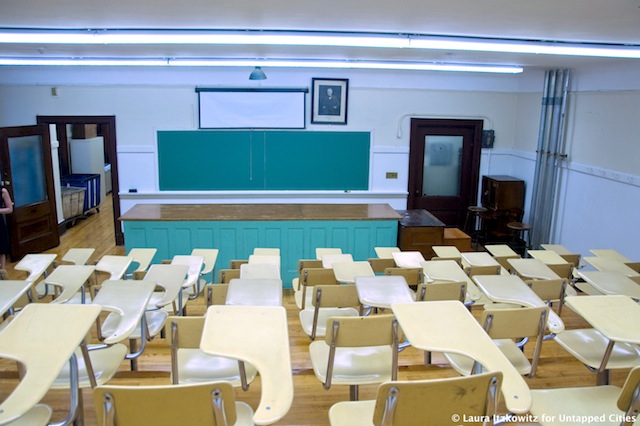
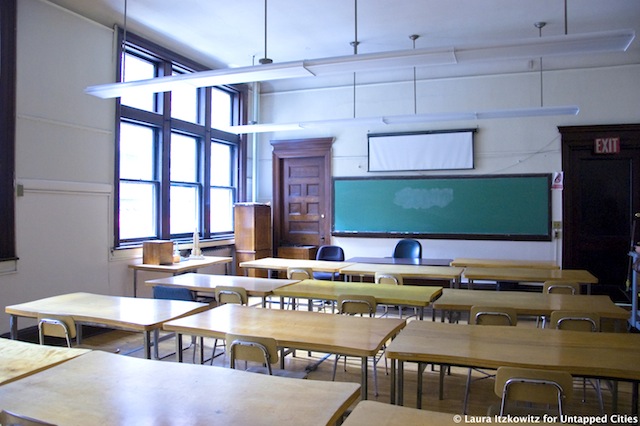
The General Society is also home to several historical, cultural and educational organizations such as The Institute of Classical Architecture & Classical America and its Grand Central Academy, Midtown Educational Center for The New York Botanical Garden, The Holland Society of New York, The Huguenot Society of America and many more. Join us for an Untapped tour of the General Society of Mechanics & Tradesmen in August–sign up for info at the bottom of the page.
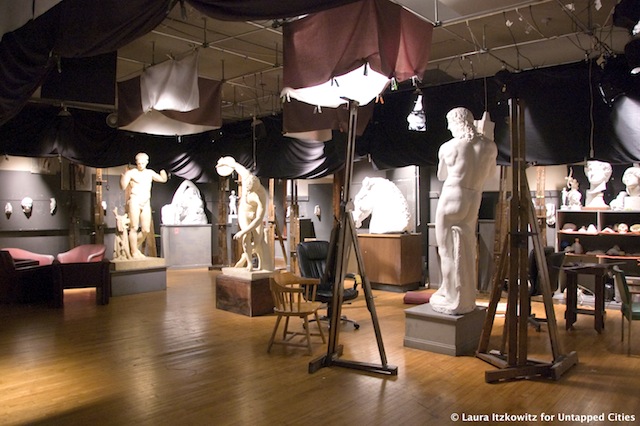
For more information about the tour, enter your information below:





